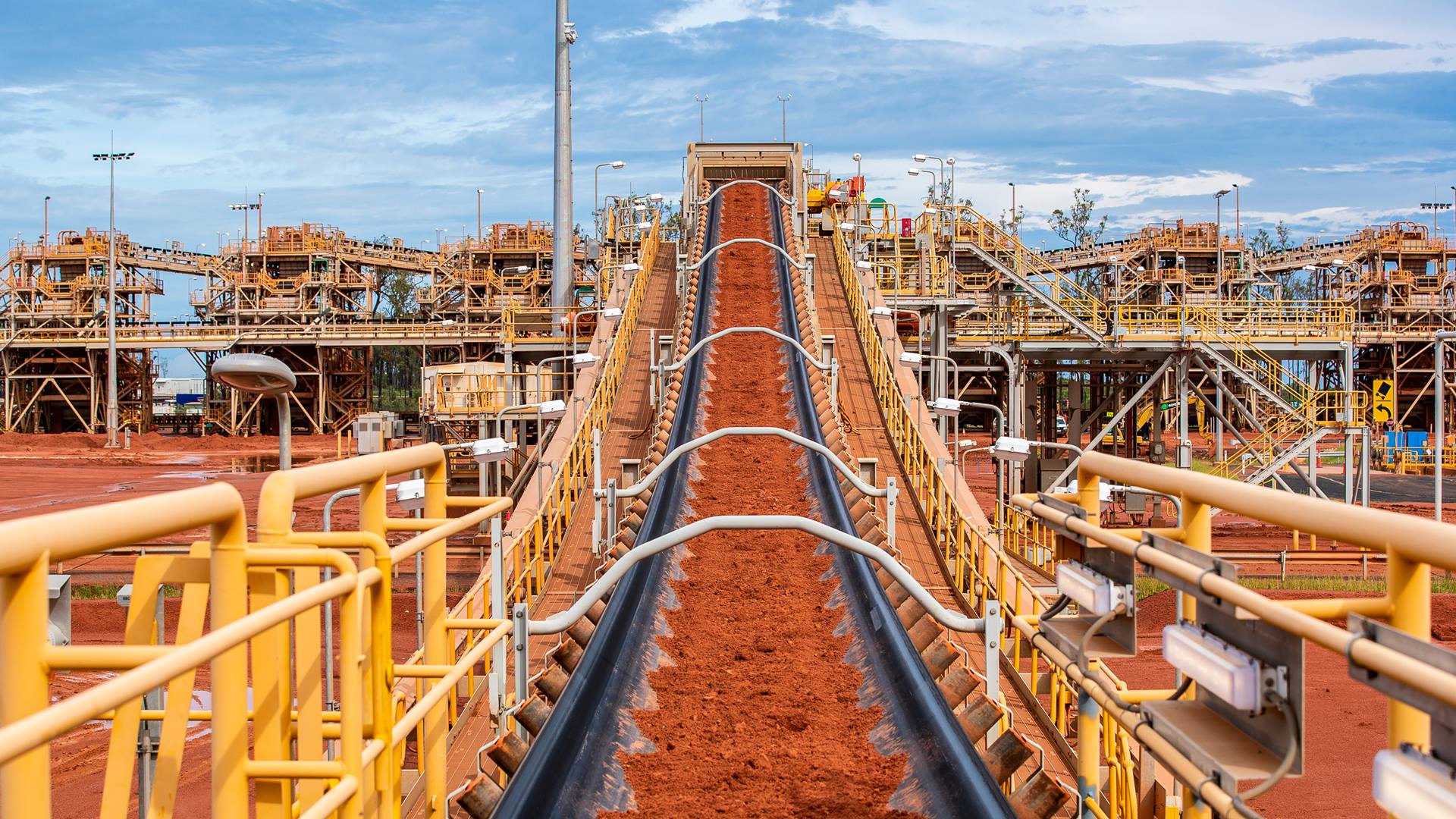
Rio Tinto has unveiled plans to invest $7.5bn between 2022 and 2030 to reduce its carbon emissions and enhance performance.
The Anglo-Australian miner aims to reduce Scope 1 and 2 emissions by 50%, which is three times more than its earlier target.
Its previous target is to achieve a 15% reduction in emissions by 2025 from a 2018 baseline of 32.6 million tonnes of CO₂ equivalent. This represents five years earlier than the company’s previous plan.
Rio Tinto, however, has not made changes to its plan for reducing scope 3 emissions, which is set at 30% by 2030, according to Reuters.
In a press statement, Rio Tinto said: “The Group is combining systematic long-term programmes with rapid improvement activities targeted at bottlenecks in order to reduce operational variability and increase resilience.”
To achieve these goals, the firm intends to invest $500m a year from 2022 to 2024.
Moreover, Rio Tinto will allocate nearly $200m to cover incremental operating expenditure for implementing energy efficiency initiatives, the development of new capabilities, and research and development (R&D).
The company aims to double its growth CapEx from 2023 to nearly $3bn a year by prioritising growth capital in key commodities that contribute to net-zero transition.
Rio Tinto CEO Jakob Stausholm said: “Rio Tinto is taking action to strengthen our business and improve our performance by unleashing the full potential of our people and assets, working in partnership with a broad range of stakeholders.
“All our commodities are vital for the energy transition and continue to benefit from ongoing urbanisation.”’
As part of the emissions reduction plan, the miner will focus on using renewable power at its iron ore production in the Pilbara region and its aluminium smelters in Australia.
Rio Tinto’s Pilbara operations are planned to be decarbonised with solar and wind power. It will also see full electrification of all mining equipment and railway operations.
Moreover, the firm plans to power its Australian aluminium operations, particularly at the Boyne Island and Tomago smelters, with renewable energy.
Earlier this year, Rio Tinto partnered with France’s Schneider Electric to drive decarbonisation through a circular and sustainable market ecosystem.



